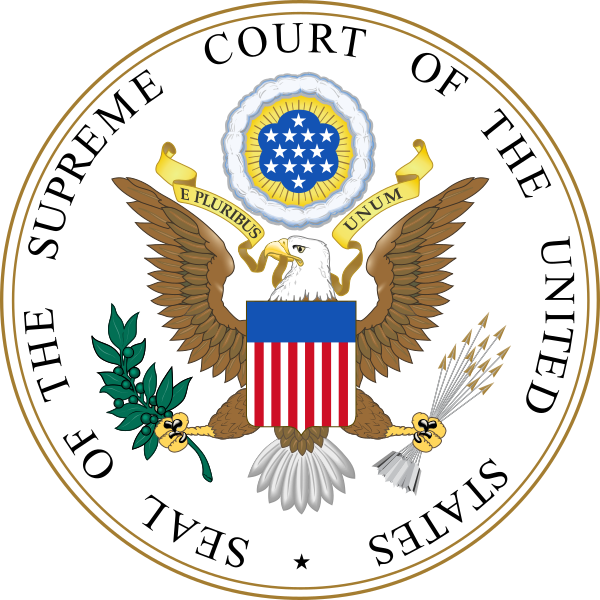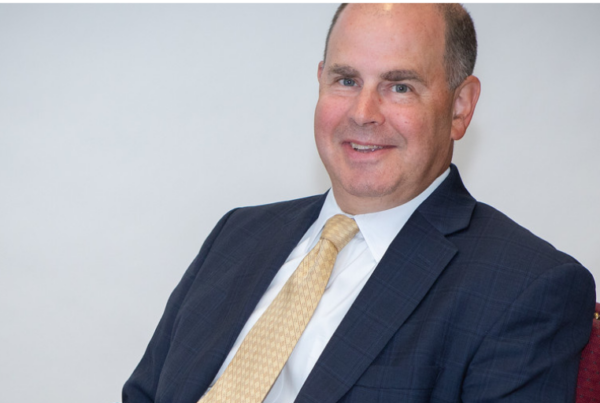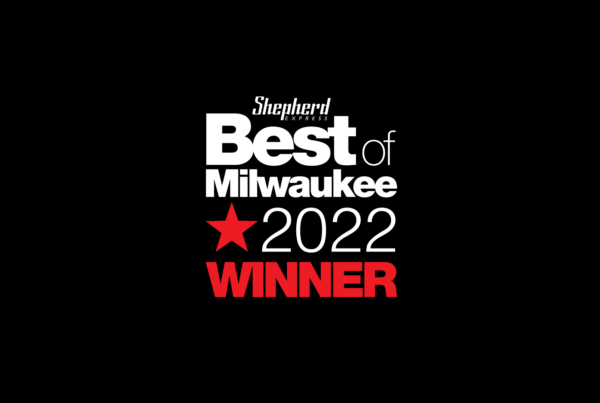Almost every corporate principal has heard of the “dreaded” Securities and Exchange Commission (SEC) Rule 10b-5, which makes it unlawful in the securities context
“(a) To employ any device, scheme, or artifice to defraud, (b) To make any untrue statement of a material fact . . . , or (c) To engage in any act, practice, or course of business which operates or would operate as a fraud or deceit.”
Historically, the “maker” of a false or misleading statement has been liable under Rule 10b-5.
Liability as a “maker” was restricted to the person or entity with ultimate authority over the statement, including its content and communication.
The U.S. Supreme Court, in interpreting the Rule, left open whether a statement’s “messenger” or other participants could be liable.
That changed earlier this year, when the U.S. Supreme Court. in Lorenzo v. SEC, expanded the scope of Rule 10b-5 liability.
In Lorenzo, the Supreme Court held that, in addition to a statement’s maker, 10b-5 liability for a false or misleading statement extends to all those materially involved in the statement’s dissemination.
This is a significant ruling, because it expands the number of potential liable parties for a false or misleading statement.
It means that those down the chain, including those preparing a statement for distribution, should take reasonable steps to ensure themselves of the statements’ accuracy.
In this regard, some companies believe that the anti-fraud provisions of the federal securities laws, including Rule 10b-5, only apply to public companies. That, however, is not the case.
Rule 10b-5 itself, for example, has been applied in administrative proceedings and civil lawsuits against private companies.
The Rule can also be analogized to non-securities cases involving false or misleading statements.
Particularly in light of Lorenzo’s’s broadening of the scope of potential Rule 10b-5 liability, all companies should review their disseminated statements to ensure their accuracy.
For more information, contact your FOS attorney.

© 2025 Fox, O'Neill & Shannon, S.C..





